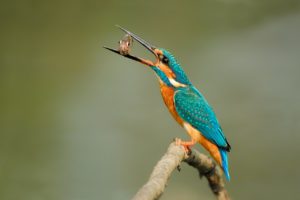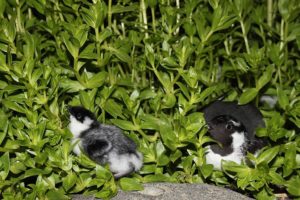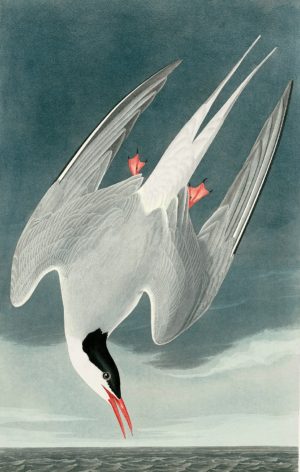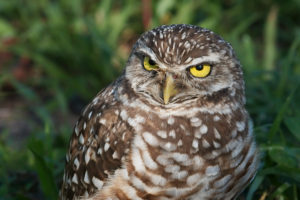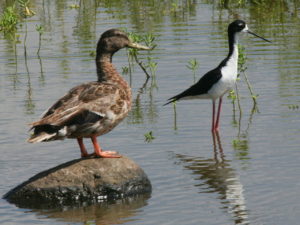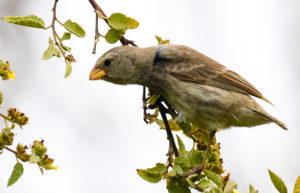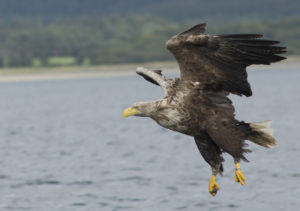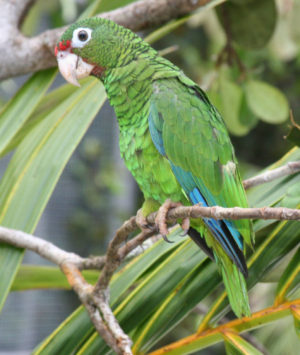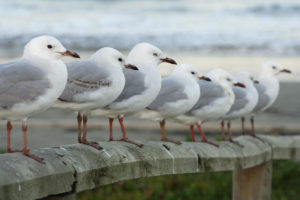Birds Helping Birds
Bird species that live in their natural habitats can help zoos learn how to manage those in captivity. Likewise, birds living in captivity can inform conservation for wild birds, new research has shown. Both can help educate the public on threats facing bird species and encourage human behaviour change.

